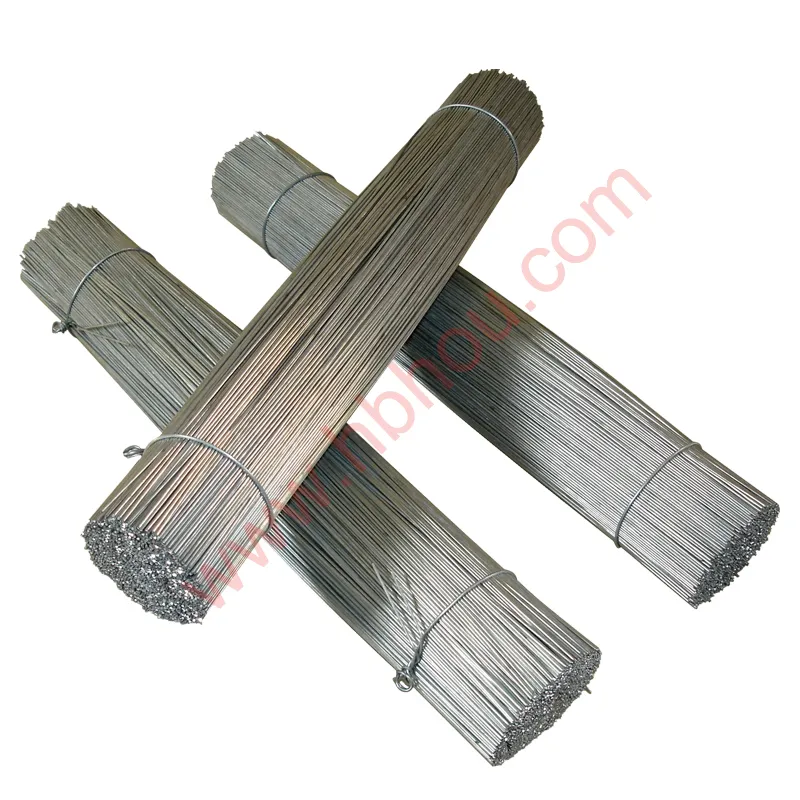Feral Hog Traps An Effective Solution for Invasive Species Management
Feral hogs, also known as wild boars or wild pigs, have become a significant concern in various regions across the United States and beyond. Their rapid reproduction rates, adaptability, and voracious appetites pose threats to agriculture, native wildlife, and ecosystems. As their populations grow, so does the need for effective management strategies. One of the most effective methods being implemented is the use of feral hog traps.
Feral hogs can damage crops, compete with native wildlife for food, and even contribute to soil erosion through their rooting behaviors. They are known to consume a wide range of plants, tubers, and small animals, which puts immense pressure on local ecosystems. As their populations explode, farmers and landowners find themselves facing significant financial losses and ecological degradation. Consequently, trapping has emerged as a key management tool for controlling their numbers.
Trapping feral hogs involves using specially designed traps that can effectively capture multiple animals at once. There are various designs available, but the most commonly employed traps are the corral or box traps. These traps are typically constructed from sturdy materials like metal or heavy-duty plastic and are designed to withstand the animals' strength and determination to escape. The traps are often baited with food items that are appealing to feral hogs, such as corn or rooting materials, to lure them inside.
One of the most significant advantages of using traps is their selectivity. Unlike hunting or using poisons, which can unintentionally affect non-target species, traps can be specifically set to target feral hogs. This selectivity helps to minimize the impact on non-invasive wildlife and protects the local biodiversity. Furthermore, trapping allows for the humane capture of feral hogs, enabling them to be relocated or euthanized in a controlled environment.
feral hog traps

Trapping can also be a community-driven effort. Since feral hogs often traverse large areas, collaboration among neighboring landowners can enhance the effectiveness of trapping programs. By sharing resources, knowledge, and manpower, communities can pool their efforts to reduce feral hog populations more effectively. Workshops and information sessions on trap construction and proper baiting techniques can empower individuals to tackle the issue themselves, fostering a sense of stewardship for the land.
In addition to being an effective control measure, trapping can provide valuable data to wildlife managers. By keeping track of the number of hogs captured, the demographics of the population, and the locations of traps, managers can better understand feral hog behavior and movement patterns. This information can, in turn, inform future management strategies and help predict potential problem areas.
It is important to note that trapping should not be viewed as a standalone solution to the feral hog problem. An integrated management approach, which may include fencing, habitat management, hunting, and public education, can lead to better outcomes. Moreover, ongoing monitoring and assessment of trapped populations are essential to ensure that the management efforts remain effective over time.
In conclusion, the use of feral hog traps is an important tool in the ongoing battle against these invasive species. By providing a humane and effective means of population control, trapping can help safeguard sensitive ecosystems and protect agricultural interests. Through community collaboration and responsible management practices, we can work towards a balanced coexistence with our wildlife while mitigating the negative impacts of feral hogs. As awareness of this issue grows, so does the imperative to implement robust trapping strategies that can contribute to the sustainability of our natural and agricultural landscapes.
















